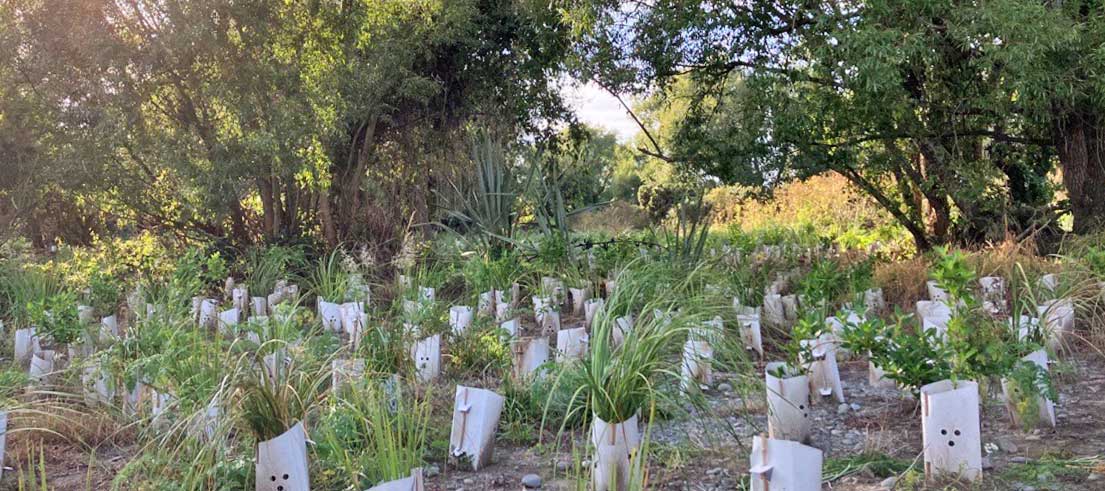
Planting proves challenging on the Waikirikiri Selwyn River
The combination of dry conditions, thin, poor-quality soil and a highly modified river is making for an extra challenging native revegetation programme on the central Canterbury/Waitaha river berm.
However, tricky conditions or even flooding are not going to stop our rivers team from trying to reintroduce native plant species along the Waikirikiri Selwyn River.
That’s because those challenges are far outweighed by the benefits, which include protecting the habitat of the threatened Canterbury mudfish, enhancing the recreational area near the state highway, decreasing flood risk by supporting our flood protection trees, and increasing seed source to re-establish native plant growth.
As part of our wider berm transition project, 5,000 native plants, including miki, kānuka, harakeke and koromiko, are to be planted along the berm of the Waikirikiri this year, adding to the 15,700 that were installed in 2022.
The berm transition project
We are transforming sites on 23 rivers throughout Waitaha Canterbury through targeted weeding and enhancement planting.
Targeted weeding means leaving flood protection trees and any remnant native plants untouched while eliminating pest plants like old man’s beard.
Check out the berm transition project sites through our online map.
The Regionwide Berm Transition Project is part-funded by the Ministry of Business, Innovation and Employment’s Kānoa – Regional Economic Development and Investment Unit (64%), with the remainder co-funded by us through a combination of contributions from partners and operational funding/rates.
Planting sites and techniques
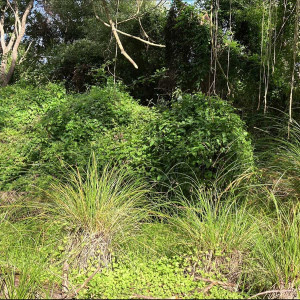
Naturally occurring carexes. Old man's beard will be controlled by the end of March
The braided awa Waikirikiri might once have been flanked with varieties of carex grasses, toetoe, patchy kānuka and dry tussock land, Regional Braided River Revival Lead, Greg Stanley said. “There’s almost none of that left now so just getting the plants back in place as a seed source is the focus.”
Along the river, there are two sites that showed promise for supporting native plant life. One is marshy with drains and waterways that join the river and here you can find native plant species on low areas of the berm.
The other is at the confluence of the Hororata River. At these sites, weeds and poor soil are issues however, they are the only two areas on the lower reaches of the river that might have semi-wetland conditions or get some water during the year. A third site, near a popular walking spot, is parched, which makes encouraging growth a challenge.
There is also a heightened chance of losing plantings in these conditions. In this area, we are using strategies that have been proven elsewhere to support growth.
Strategies we're using include:
- planting deeper than usual
- wool weed mats that draw water in
- mulching
- additional watering
- staged, dense planting blocks
- subcanopy planting where appropriate.
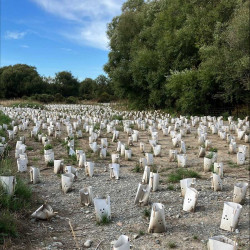
Exposed planting area - the plants are being watered to help them establish
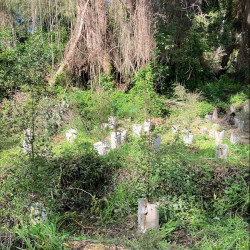
True subcanopy plants doing well, some plants are over 1.5m tall
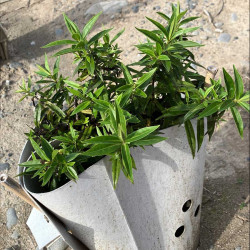
Exposed planting that has been browsed but it is making a good recovery
Challenges to re-establishing native plant life
With generally poor soil that is bone dry for much of the time, whenever there is a hint of water available, “the weeds just go boof!” Greg said. Like the weeds, challenges have been plentiful during this project.
“We were a month into it and we had some pretty big floods that blocked all the access and messed things up a bit. That was pretty difficult to work around. At the same time, it meant that there was lots of water and silts – there’s definitely pros and cons,” Greg explains.
Another hurdle the plant's face is animal browsing, which affected two sites.
About 5% of the plants were pulled out at one site, and a temporary fence has been installed to prevent further damage.
Despite the challenges, “It’s definitely one of the areas that’s worth putting the work into,” Greg maintains.
Permanent Central Government co-investment
Significant flood protection, biodiversity, and community projects like this have been made possible due to the Government’s one-off COVID-19 response shovel-ready funding.
However, climate change induced events across the country have highlighted the urgent need to remediate outdated flood protection infrastructure.
Currently, regional and unitary councils invest about $200 million each year in flood protection schemes. With aging structures no longer able to meet the levels of service expected by communities against the challenge of climate change, this is expected to fall short of what’s needed by $150 million per annum.
Read the call from Te Uru Kahika to Central Government for long-term co-investment.
What is increasingly clear is that a shared investment today means lower overall recovery costs, better protection for the environment, and for current and future generations.
